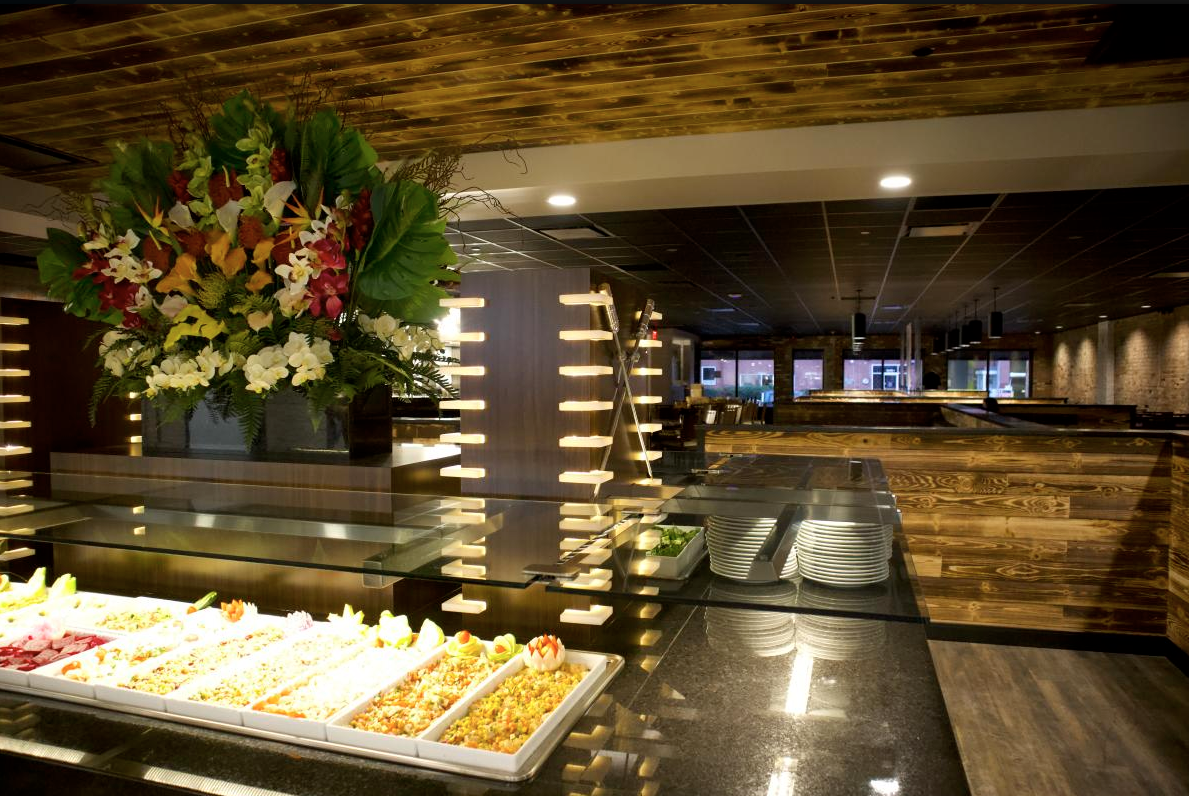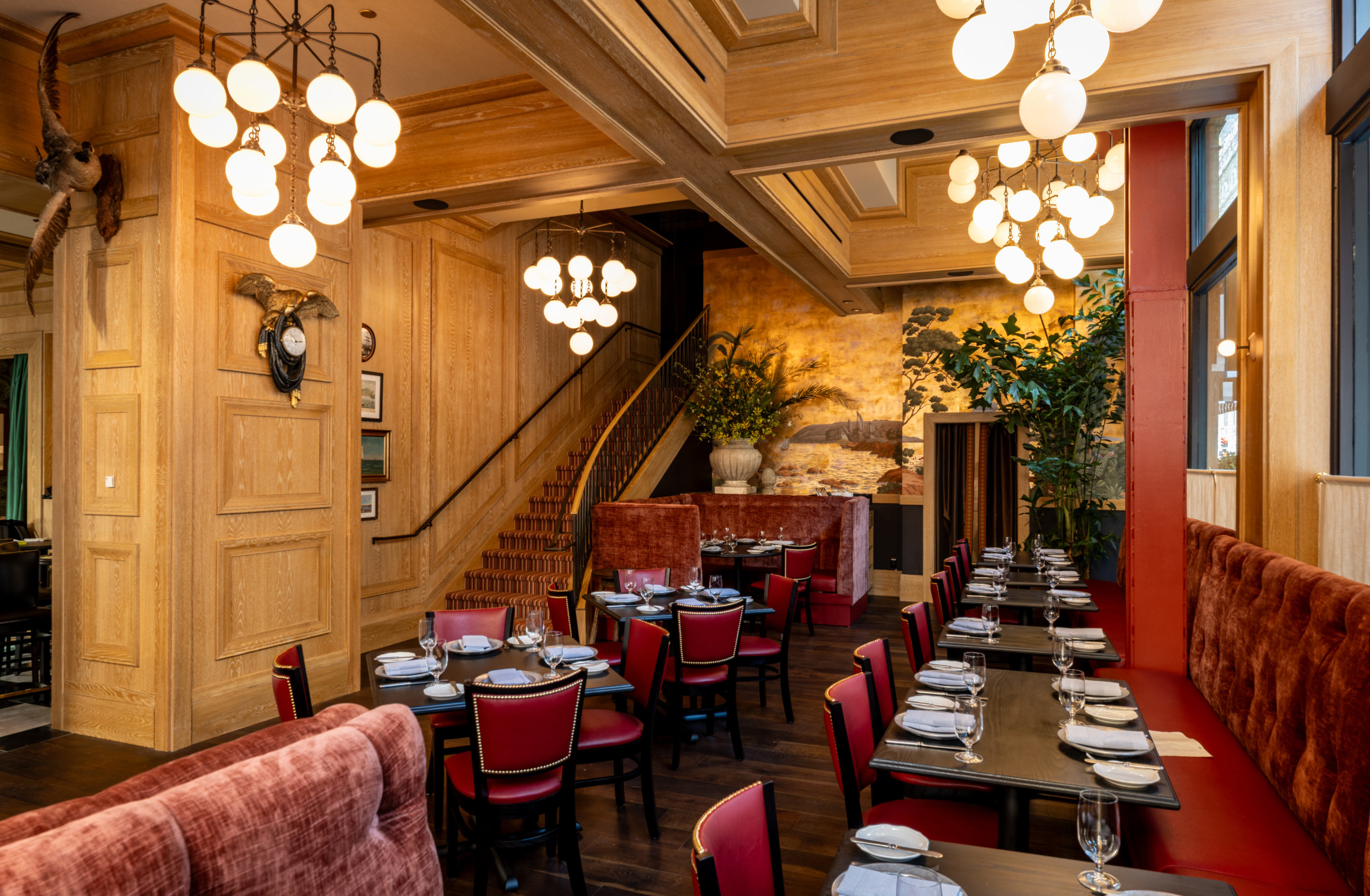
Every missed call costs your restaurant money. When the phone rings during dinner rush and your staff can't answer, you're not just losing a reservation—you're potentially losing a customer forever. Over two-thirds of Americans would ditch restaurants that don't answer the phone (Hostie AI). The solution? AI phone answering services are transforming how restaurants handle guest communications, but understanding the true cost and ROI can feel overwhelming.
In 2025, AI voice agents are no longer a luxury—they're becoming essential infrastructure for restaurants serious about capturing every revenue opportunity. The technology has matured to handle complex requests, from simple reservation changes to complicated order modifications (Hostie AI). But with options ranging from $199 to $5,998 annually, how do you calculate which investment makes sense for your specific restaurant?
This comprehensive guide breaks down the real costs of AI phone answering services for three common restaurant sizes: 50-seat cafes, 80-seat bistros, and 150-seat full-service establishments. We'll compare leading solutions like Hostie AI and SoundHound against traditional part-time host costs, revealing payback periods as short as 16 days and providing interactive tools you can use to calculate your own ROI.
Before diving into AI costs, let's establish the baseline problem. Phone orders represent a significant portion of income for many restaurants, yet many calls go unanswered due to the drain on labor resources (Hunger Rush). The average restaurant loses over $27,000 annually from unanswered phone calls alone.
Artificial intelligence is making significant inroads into restaurant front-of-house operations, with companies not just managing bookings but engaging in natural conversations, handling multiple languages, and showcasing soft skills previously thought to be exclusive to humans (Hostie AI). AI hosts are generating an additional revenue of $3,000 to $18,000 per month per location, up to 25 times the cost of the AI host itself (Hostie AI).
The technology has evolved beyond simple call routing. Modern AI phone systems can handle all kinds of requests: from simple reservation changes to complex private event inquiries and complicated order modifications (Hostie AI). Teams have reported growing customer satisfaction in the dining experience and customer service after integrating these solutions (Hostie AI).
The AI voice agent cost in 2025 is shaped by several core components: Speech Recognition (TTS / ASR), Speech Synthesis (STT), Large Language Model (LLM), Voice Agent Platform, and Telephony (SIP) (Softcery). Understanding these components helps restaurant owners make informed decisions about which features they actually need.
Speech-to-Text (STT) Processing
Text-to-Speech (TTS) allows a voice agent to speak responses in a natural-sounding voice, which is essential for phone-based or voice interactions (Softcery). Understanding the real-time vs turn-based TTS architecture is crucial for optimizing both costs and performance (Softcery).
Language Model Integration
AI in restaurants refers to the integration of advanced technologies such as machine learning, natural language processing, and data analytics into restaurant operations (Tastewise). The sophistication of the language model directly impacts both capability and cost.
Platform and Integration Fees
Most restaurant AI solutions require integration with existing reservation systems, POS systems, and even event planning software (Hostie AI). These integrations often carry additional setup and monthly fees.
Typical Call Volume: 15-25 calls per day
Peak Hours: 5-9 PM weekdays, 12-9 PM weekends
Staff Challenge: Single host often overwhelmed during rush
| Solution | Monthly Cost | Annual Cost | Key Features |
|---|---|---|---|
| Hostie AI | $199 | $2,388 | 24/7 answering, reservation management, multi-channel support |
| SoundHound | $500 | $6,000 | Voice AI with premium features |
| Part-time Host | $1,200 | $14,400 | 20 hours/week at $15/hour |
ROI Calculation for 50-Seat Restaurant:
AI phone ordering can boost sales while freeing up staff (Hunger Rush). For smaller restaurants, this technology shift allows the single host to focus entirely on in-person guests while AI handles phone inquiries.
Typical Call Volume: 25-40 calls per day
Peak Hours: Extended rush periods
Staff Challenge: Need dedicated phone coverage but can't justify full-time position
| Solution | Monthly Cost | Annual Cost | Key Features |
|---|---|---|---|
| Hostie AI | $199 | $2,388 | Full feature set scales with volume |
| SoundHound | $500 | $6,000 | Advanced voice recognition |
| Part-time Host | $2,000 | $24,000 | 35 hours/week coverage |
ROI Calculation for 80-Seat Restaurant:
The popularity of AI in the food industry has been driven by the increasing demand for faster and more convenient dining experiences (Tastewise). Medium-sized restaurants see the most dramatic ROI because they have significant call volume but haven't yet justified full-time phone staff.
Typical Call Volume: 50-80 calls per day
Peak Hours: Multiple rush periods, event inquiries
Staff Challenge: Need full-time coverage plus backup during peak times
| Solution | Monthly Cost | Annual Cost | Key Features |
|---|---|---|---|
| Hostie AI | $199 | $2,388 | Handles high volume seamlessly |
| SoundHound | $500 | $6,000 | Enterprise-grade features |
| Full-time Host | $3,500 | $42,000 | Dedicated phone coverage |
ROI Calculation for 150-Seat Restaurant:
Voice AI can provide restaurants with a 760% annual ROI by reducing staff labor costs and capturing up to 30% of missed calls (SoundHound). Large restaurants benefit from both the labor savings and the ability to handle complex requests that would typically require experienced staff.
Monthly Cost: $199
Best For: Restaurants of all sizes seeking comprehensive automation
Hostie AI is designed for restaurants, made by restaurants (Hostie AI). The company was started by a restaurant owner and an AI engineer, Brendan Wood, and results from experience running a restaurant to hours spent working with some of the best restaurant teams in San Francisco and New York (Hostie AI).
Key Features:
ROI Advantages:
Monthly Cost: $500 (estimated based on premium annual fee of $5,998)
Best For: Larger restaurants prioritizing advanced voice recognition
SoundHound offers enterprise-grade voice AI specifically designed for phone ordering scenarios. The annual labor cost for a restaurant is $45,724, which includes salary and other training/onboarding costs (SoundHound).
Key Features:
ROI Calculation:
A voice AI solution that augments a labor resource at a premium annual fee of $5,998 can provide an annual ROI of 760% (SoundHound).
Slang AI is a 24/7 AI-powered phone concierge designed for restaurants, handling reservation requests and guest inquiries (Slang AI). The system eliminates missed calls, boosts revenue, and allows staff to focus on the guests in front of them (Slang AI). The system can be set up with a digital voice and background sounds, responses and customer journeys, and a Slang phone number in 30 minutes (Slang AI).
Traditional cost comparisons only account for replacing human labor during business hours. However, AI phone services operate 24/7, capturing revenue opportunities that would otherwise be lost entirely.
After-Hours Call Value:
AI helps restaurants operate more efficiently by automating tasks that were previously performed manually (Tastewise). When staff aren't tied to phone duties, they can focus on:
Modern AI phone systems provide valuable insights:
ChatGPT for restaurants can manage customer feedback in real time, responding to online reviews or gathering comments from surveys, and can escalate sensitive issues to managers (HostMe).
Monthly ROI = (Labor Savings + Additional Revenue - AI Cost) / AI Cost * 100
Payback Period = AI Monthly Cost / (Labor Savings + Additional Revenue - AI Cost)
Revenue Factors:
Cost Factors:
Google Sheets Template Structure:
| Variable | 50-Seat | 80-Seat | 150-Seat |
|---|---|---|---|
| Daily Calls | 20 | 35 | 65 |
| Missed Call % | 30% | 25% | 20% |
| Avg Order Value | $35 | $45 | $55 |
| Current Labor Cost | $1,200 | $2,000 | $3,500 |
| AI Service Cost | $199 | $199 | $199 |
| Monthly ROI | 506% | 905% | 1,658% |
Hostie AI Setup:
Potential Hidden Costs:
Performance Monitoring:
Artificial Intelligence (AI) is expected to be a game-changer for restaurants in 2024, optimizing operations and enhancing customer experiences (AppFront). The implementation process has become increasingly streamlined as the technology matures.
Expected Outcomes:
In just a couple of years, there will hardly be any business that hasn't hired an AI employee (Hostie AI). Several factors are driving this rapid adoption:
AI applications in restaurants include AI-powered chatbots for personalized ordering, predictive analytics for inventory management, and algorithms for personalized marketing (AppFront). The technology has reached a point where it can handle complex, nuanced conversations that previously required human intervention.
Modern diners expect:
Current Challenges:
Mitigation Strategies:
While AI adoption is accelerating, some customers may initially prefer human interaction. However, when you call a restaurant, you want quick, accurate service regardless of whether it's provided by a human or AI (Hostie AI). The key is ensuring the AI provides superior service quality.
Restaurants not adopting AI phone solutions risk being left behind as competitors capture more calls and provide better customer service. The business case for adopting automation becomes stronger as the technology improves and costs decrease (AppFront).
Questions to Ask:
Using the formulas and templates provided above:
For Most Restaurants: Hostie AI offers the best value proposition at $199/month with comprehensive restaurant-specific features and proven ROI.
For Enterprise Operations: SoundHound provides advanced voice recognition capabilities that may justify the higher cost for large-volume operations.
For Quick Setup: Slang AI offers rapid deployment but may lack some advanced integration features.
The cost analysis for AI phone answering services in 2025 reveals a compelling business case across all restaurant sizes. With payback periods as short as 6-16 days and ROI percentages in the hundreds, the question isn't whether to implement AI phone services—it's which solution to choose and how quickly to deploy it.
Hostie AI's restaurant-native approach, starting at just $199 monthly, provides the most accessible entry point for restaurants serious about capturing every revenue opportunity (Hostie AI). The technology has proven its effectiveness in real-world restaurant environments, handling complex requests while maintaining the hospitality standards your guests expect.
As the restaurant industry continues to evolve, AI phone answering services represent more than just a cost-saving measure—they're a competitive advantage that enables better customer service, increased revenue, and more efficient operations. The interactive calculators and frameworks provided in this guide give you the tools to make an informed decision based on your specific situation.
The future of restaurant phone service is here, and the math strongly favors early adoption. Whether you're running a cozy 50-seat bistro or a bustling 150-seat establishment, AI phone answering services offer a clear path to improved profitability and customer satisfaction. The only question remaining is: can you afford not to implement this technology?
AI phone answering service costs vary by provider and features, typically ranging from $200-600 monthly for restaurant-specific solutions. Premium services like SoundHound charge around $5,998 annually, while more affordable options like Hostie AI offer competitive pricing with faster ROI. The total cost depends on call volume, integration complexity, and advanced features like reservation management.
Restaurants can see ROI from AI phone answering services in as little as 16 days for high-volume establishments. SoundHound reports up to 760% annual ROI by reducing labor costs and capturing missed calls. The payback period depends on restaurant size, call volume, and current staffing costs, with larger restaurants typically seeing faster returns.
AI voice agent costs include five core components: Speech Recognition (ASR), Text-to-Speech (TTS), Large Language Model (LLM), Voice Agent Platform, and Telephony (SIP). Real-time vs turn-based TTS architecture significantly impacts both costs and performance. Understanding these components helps restaurants optimize their AI phone service investment for maximum efficiency.
Restaurants lose significant revenue from unanswered calls, with over two-thirds of Americans willing to abandon restaurants that don't answer their phones. Phone orders represent a substantial portion of restaurant income, and many calls go unanswered due to staff being busy with in-person customers. AI phone services can capture up to 30% of these missed calls, directly boosting revenue.
Hostie AI specializes in restaurant-specific phone answering with features designed for the food service industry. According to Hostie's research, they focus on transforming how restaurants handle customer calls during peak hours. Their solution addresses the critical issue that over two-thirds of Americans would abandon restaurants that don't answer phones, providing a cost-effective alternative to traditional staffing.
Modern AI phone answering services can handle complex restaurant requests including reservations, menu inquiries, and order modifications. Advanced systems use natural language processing to understand customer needs and can escalate complex issues to human staff when necessary. Services like Slang AI offer 24/7 restaurant concierge capabilities, while solutions can be customized with restaurant-specific responses and customer journeys.
RELATED


